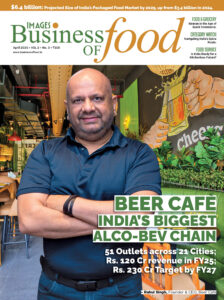Snacking between meals has long been a part of Indian culture, and the COVID-19 lockdown further heightened this practice, leading to a substantial surge in snacking. This trend is expected to persist in the Indian market. Projections indicate that the Indian savory snacks market will reach INR 1,185 billion by 2025, with organized players securing…




